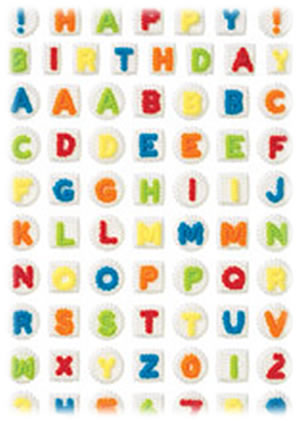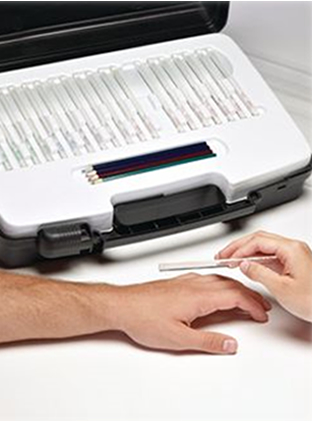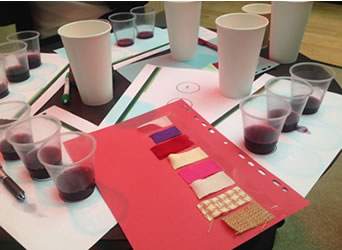In February a Sensory Science Group (SSG) discussion forum took place at the University of Reading, and discussed the challenges of texture and mouthfeel evaluations. Read more about it in this article.
The topic of this seminar was texture and mouthfeel – what are the challenges and how can you screen a panel for texture sensitivity? This topic was particularly interesting for me as my PhD research investigates the mouthfeel of black tea! I was therefore excited to listen and learn more. Approximately 25 people attended the meeting, including 5 students - a great opportunity to get to know more sensory professionals and PhD students.
The meeting started with a talk by Cindy Beeren, the Chair of the SSG. She gave an overview on the methods available to screen a panel for texture sensitivity. It was very interesting to hear that for example small sugar letters can be placed on the tongue and an individual’s ability to detect and correctly identify the letter is used to evaluate their texture sensitivity. We also had the chance to test our own touch sensitivity using Semmes-Wienstein monofilaments. It was really good fun to test each other using these “pencils” which have a fibre filament that vary in size. They are touched onto the skin to identify an individual’s detection threshold. As you can imagine only very sensitive people in our group were able to detect the smaller pencils!


Ruth Greenaway, project manager at Sensory dimensions, discussed the challenges faced in the personal care sector when it comes to texture evaluation. She highlighted the requirements for a personal care panel and the difficulties to evaluate these products. The talk ended with a practical exercise where we were asked to rank three hair samples for increasing smoothness. It was not as easy as I thought because two samples were very smooth, and it made me think how difficult it must be to prepare standards for this type of product.

The last speaker was Tony Milanowski, Lecture at Plumpton College and he spoke about mouthfeel in wine, the talk I looked forward to the most. He gave a very comprehensive overview about mouthfeel in wine, and how difficult it is to use a common language because many wine tasters use their own vocabulary and definitions can be contradictory. I thought the exercise at the end of his talk was the most challenging one. As you may know, in the last decade touch standards were introduced to help panellists to compare mouthfeel to fabric texture (silk, velvet ect.). You can see in the picture we had 3 different wine samples and were asked to feel the fabric and match it to the mouthfeel of the wines. I found it very difficult to match the perception of a liquid in my mouth to the sensation of touching a fabric. I can only imagine how much panel training is required when this method is used.
The meeting finished with a networking lunch, where I got to talk to some interesting people. I really enjoyed the meeting and I am looking forward to the next one. If you want to know more about the SSG and find out when the next seminar takes place, check out: https://www.ifst.org/career-development-communities-technical-networks/sensory-science-group
Saskia Hofmann
PhD Student at the University of Nottingham, UK.
